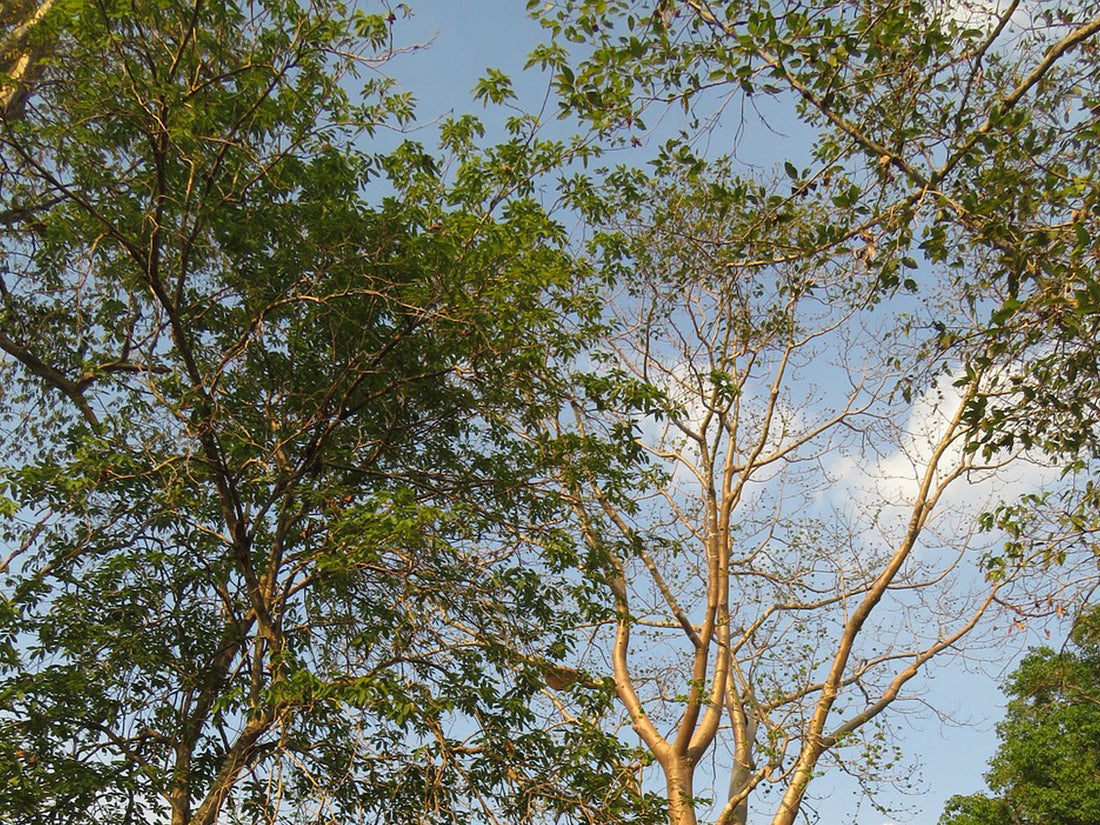Dive into our blog and learn about the importance of the Prosopis cineraria - shami tree in Indian culture.
In Indian culture, the Shami plant - Prosopis cineraria holds significant religious and mythological importance. It is commonly known as the "Vanni" or "Jammi" tree. Here are some aspects of the Shami plant's significance in Indian culture:
Epic and Mythological References: The Shami plant is mentioned in several ancient Indian texts, including the Ramayana and the Mahabharata. According to Hindu mythology, Lord Rama, along with his brother Lakshmana, worshipped the Shami tree during their exile in the forest. It is believed that Lord Rama obtained divine weapons by performing rituals under the Shami tree.
Dussehra Celebrations: The Shami tree plays a crucial role in the celebration of the festival of Dussehra. On Vijayadashami, the tenth day of the festival, people exchange Shami leaves as a symbol of victory and good luck. The leaves are considered auspicious and are tied on the wrists of family members and friends.
Protective and Auspicious Symbolism: The Shami plant holds great reverence and serves as a symbol of sanctity and protection within Indian culture. It is deeply rooted in the belief that this plant possesses the power to repel malevolent spirits and counteract negative energies. The auspiciousness associated with the presence of a Shami tree is highly regarded in both households and temples. Moreover, this sacred plant is closely associated with attributes such as strength, resilience, and a long-lasting existence.
Rituals and Worship: The Shami plant is often worshipped during certain rituals and festivals. In some regions of India, especially in Rajasthan and Gujarat, the Shami tree is worshipped on the day of Bhaidooj, a festival that celebrates the bond between brothers and sisters.
Medicinal and Environmental Importance: Apart from its religious significance, the Shami plant has medicinal properties and is used in traditional Ayurvedic medicine. Various parts of the tree, including the leaves, bark, and gum, have therapeutic value. Additionally, the Shami plant is a hardy tree that can withstand arid conditions and is ecologically valuable for preventing soil erosion.
It's important to note that cultural practices and beliefs may vary across different regions and communities in India, so the significance and rituals associated with the Shami plant might have some regional variations.

